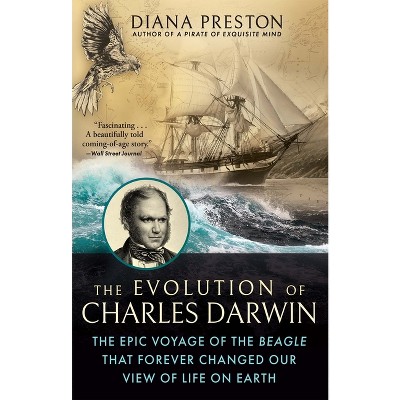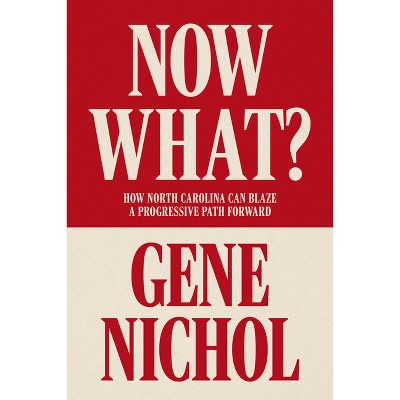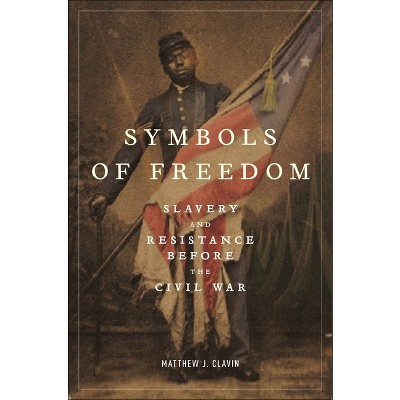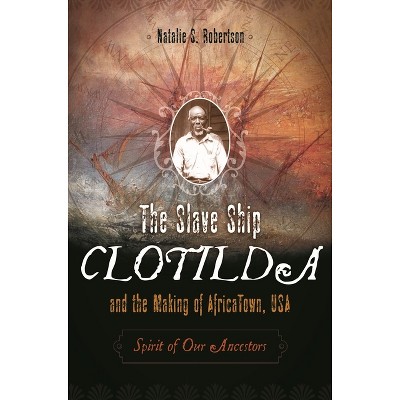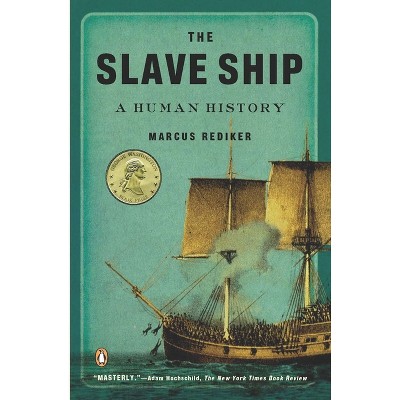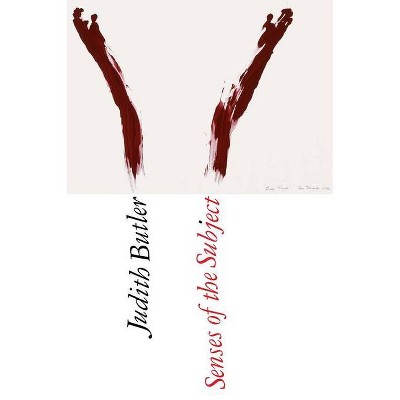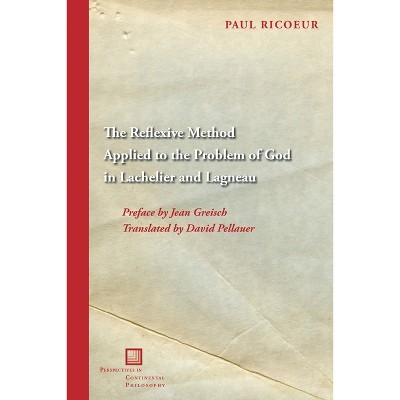Sponsored

From Slave Ship to Harvard - by James H Johnston (Paperback)
$15.10Save $11.85 (44% off)
In Stock
Eligible for registries and wish lists
Sponsored
About this item
Highlights
- From Slave Ship to Harvard is the true story of an African American family in Maryland over six generations.
- About the Author: JAMES H. JOHNSTON, an attorney and journalist, has published extensively on national affairs, law, telecommunications, history, and the arts.
- 310 Pages
- Biography + Autobiography, Historical
Description
About the Book
A true story of six generations of an African American family in Maryland. Based on paintings, photographs, books, diaries, court records, legal documents, and oral histories, the book traces Yarrow Mamout and his in-laws, the Turners, from the colonial period through the Civil War to Harvard and finally the present day.Book Synopsis
From Slave Ship to Harvard is the true story of an African American family in Maryland over six generations. The author has reconstructed a unique narrative of black struggle and achievement from paintings, photographs, books, diaries, court records, legal documents, and oral histories. From Slave Ship to Harvard traces the family from the colonial period and the American Revolution through the Civil War to Harvard and finally today.
Yarrow Mamout, the first of the family in America, was an educated Muslim from Guinea. He was brought to Maryland on the slave ship Elijah and gained his freedom forty-four years later. By then, Yarrow had become so well known in the Georgetown section of Washington, D.C., that he attracted the attention of the eminent American portrait painter Charles Willson Peale, who captured Yarrow's visage in the painting that appears on the cover of this book. The author here reveals that Yarrow's immediate relatives--his sister, niece, wife, and son--were notable in their own right. His son married into the neighboring Turner family, and the farm community in western Maryland called Yarrowsburg was named for Yarrow Mamout's daughter-in-law, Mary "Polly" Turner Yarrow. The Turner line ultimately produced Robert Turner Ford, who graduated from Harvard University in 1927. Just as Peale painted the portrait of Yarrow, James H. Johnston's new book puts a face on slavery and paints the history of race in Maryland. It is a different picture from what most of us imagine. Relationships between blacks and whites were far more complex, and the races more dependent on each other. Fortunately, as this one family's experience shows, individuals of both races repeatedly stepped forward to lessen divisions and to move America toward the diverse society of today.Review Quotes
. . . James H. Johnston recounts the story of Yarrow Mamout's life and traces some of Yarrow's descendants into the twentieth century.-- "--Journal of Southern History"
. . . Portray[s] an illuminating, thought-provoking, relatively unusual moment in early American history.-- "--Publishers Weekly"
A history of an African-American family, from Yarrow Mamout's enslaved arrival in North America in 1752, proceeding through Robert Turner Ford's debut at (residentially segregated) Harvard College in 1923, and beyond. The family was remarkable from the outset: Mamout, freed, was painted by Charles Willson Peale.-- "--Harvard Magazine"
Carefully researched and engagingly written, this fascinating book tells the story of an education Muslim who was brought as a slave to America in 1752 then earned his freedom 44 years later. The book also traces the history of his family to the time when a descendant graduates from Harvard University in 1927. The narrative absorbingly weaves together one family's amazing tale with the history of American and slavery and race relations.-- "--Steve Norman, Collection Development and Evaluation Section of the Reference and User Services Association"
Johnston has admirably sought to connect the dots of the family's history while also providing parallels to the larger story of slavery and emancipation in colonial America.-- "--New Bay Times Weekly"
Part historical narrative, part genealogical detective work, this book will appeal to a range of academic and general readers, especially those interested in race relations in early America.-- "--Library Journal"
"Johnston has given Americans a rare treasure, a true story of an African American family, and its triumph over slavery. The great American painter Charles Willson Peale, best remembered for his portrait paintings of leading figures of the American Revolution, would have very much approved--Johnston's done with a whole lot of research, patience, and writing, what Peale did with his brush almost 200 years ago."-----Sidney Hart, Senior Historian, National Portrait Gallery
Historians typically write about this chapter of American history from a sweeping, birds-eye view perspective primarily because so few records exist about the lives of individual slaves. It's for this reason that James Johnston's 'From Slave Ship to Harvard: Yarrow Mamout and the History of an African American Family' is such a valuable addition to the subject's literature.-----Michael G. Williams, Erickson Tribune
About the Author
JAMES H. JOHNSTON, an attorney and journalist, has published extensively on national affairs, law, telecommunications, history, and the arts. His contributions include papers on local Washington, D.C., history, Yarrow Mamout, and an edition of The Recollections of Margaret Cabell Brown Loughborough.
Dimensions (Overall): 9.0 Inches (H) x 6.0 Inches (W) x .8 Inches (D)
Weight: .9 Pounds
Suggested Age: 22 Years and Up
Number of Pages: 310
Genre: Biography + Autobiography
Sub-Genre: Historical
Publisher: Fordham University Press
Format: Paperback
Author: James H Johnston
Language: English
Street Date: March 2, 2015
TCIN: 82960006
UPC: 9780823239511
Item Number (DPCI): 247-16-0611
Origin: Made in the USA or Imported
If the item details aren’t accurate or complete, we want to know about it.
Shipping details
Estimated ship dimensions: 0.8 inches length x 6 inches width x 9 inches height
Estimated ship weight: 0.9 pounds
We regret that this item cannot be shipped to PO Boxes.
This item cannot be shipped to the following locations: American Samoa (see also separate entry under AS), Guam (see also separate entry under GU), Northern Mariana Islands, Puerto Rico (see also separate entry under PR), United States Minor Outlying Islands, Virgin Islands, U.S., APO/FPO
Return details
This item can be returned to any Target store or Target.com.
This item must be returned within 90 days of the date it was purchased in store, shipped, delivered by a Shipt shopper, or made ready for pickup.
See the return policy for complete information.
